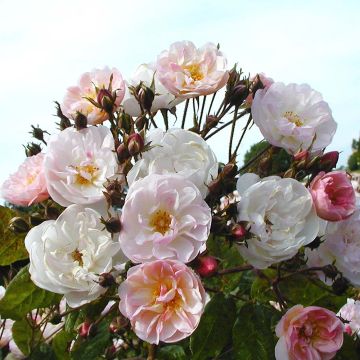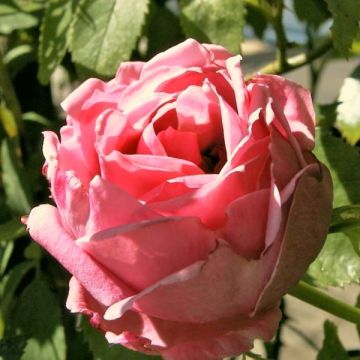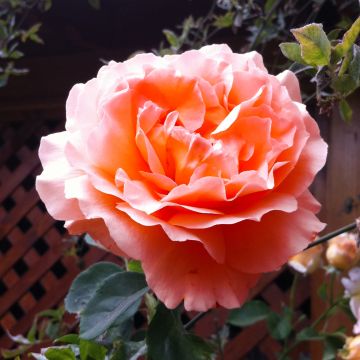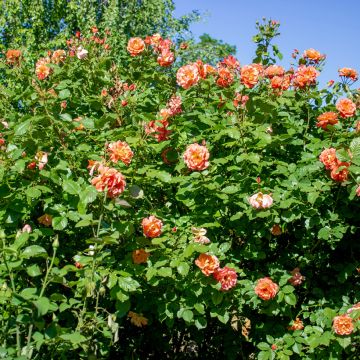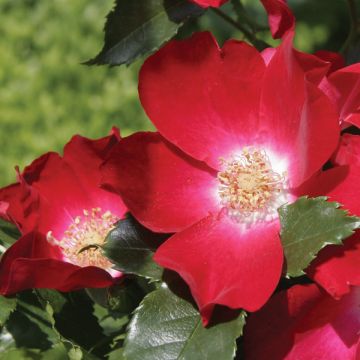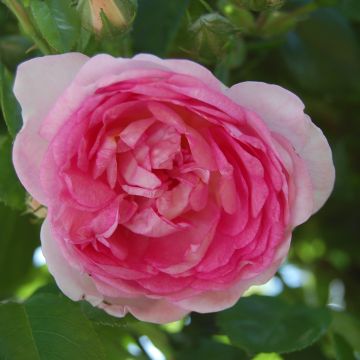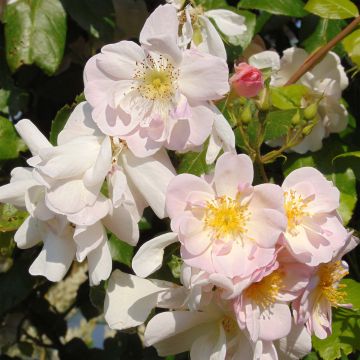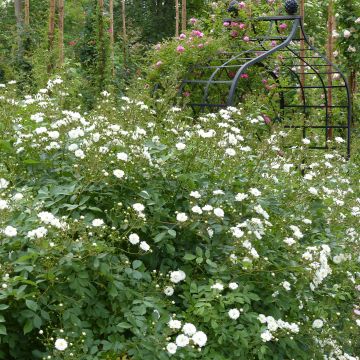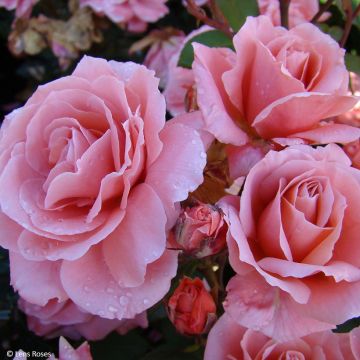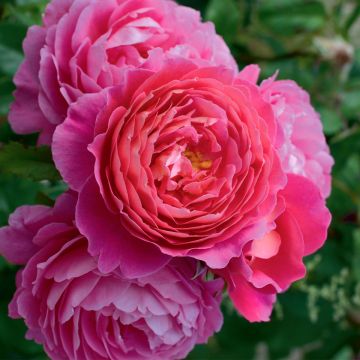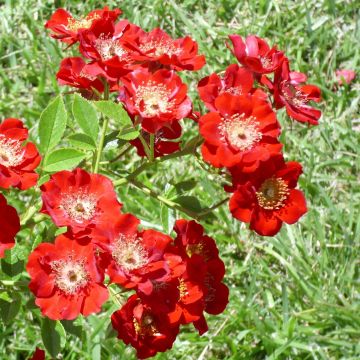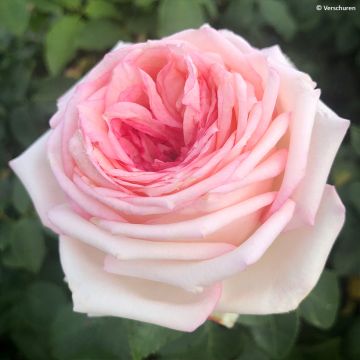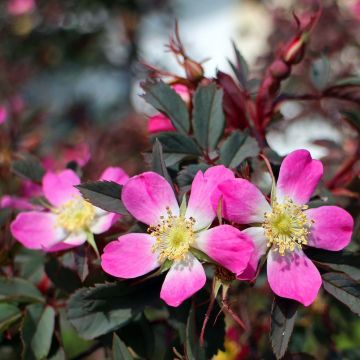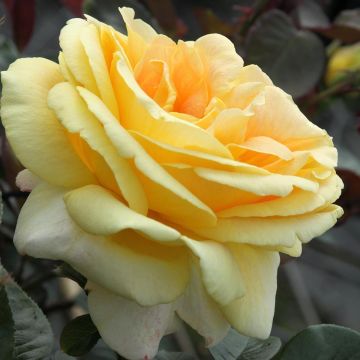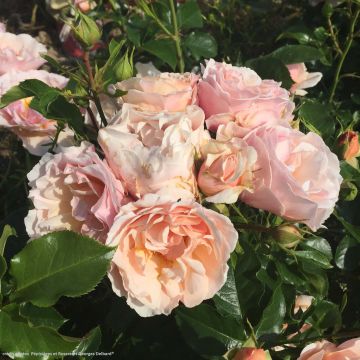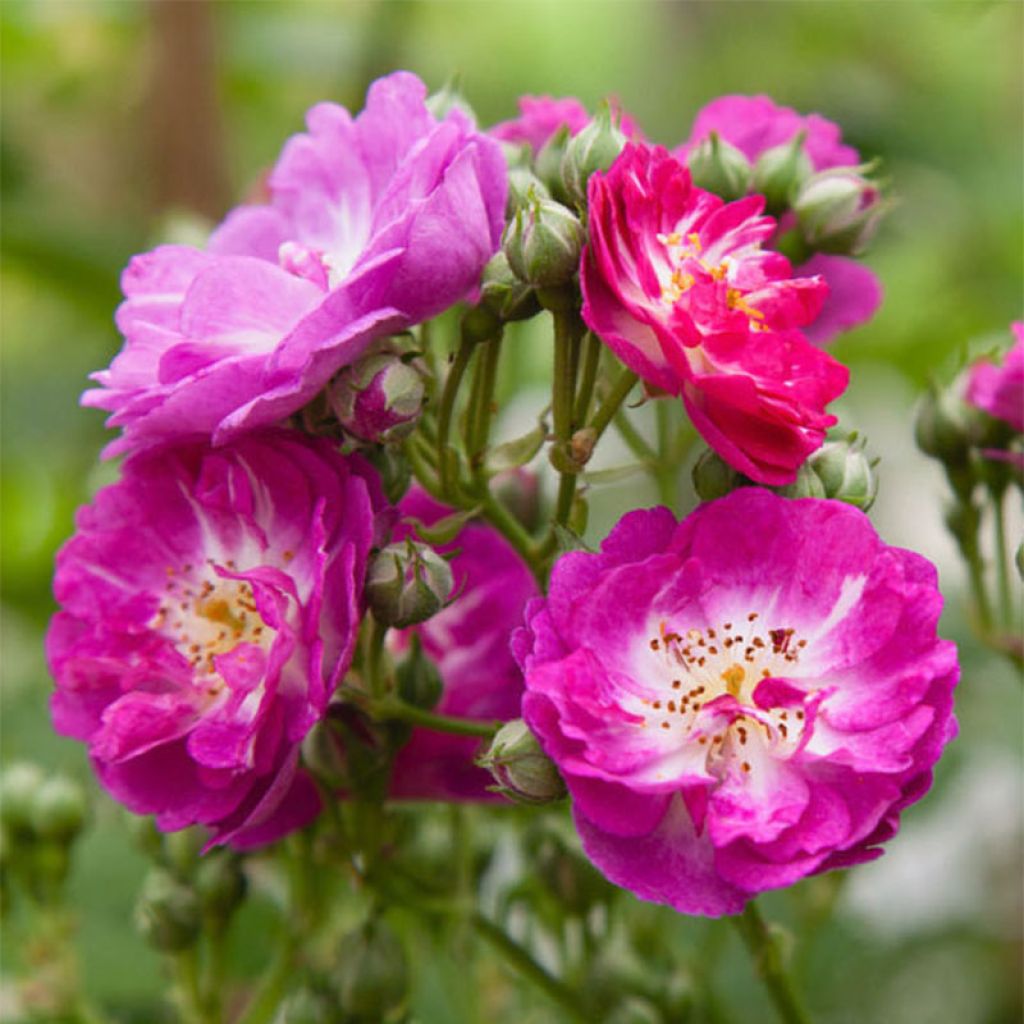

Rosa 'Perennial Blue' - Climbing Rose
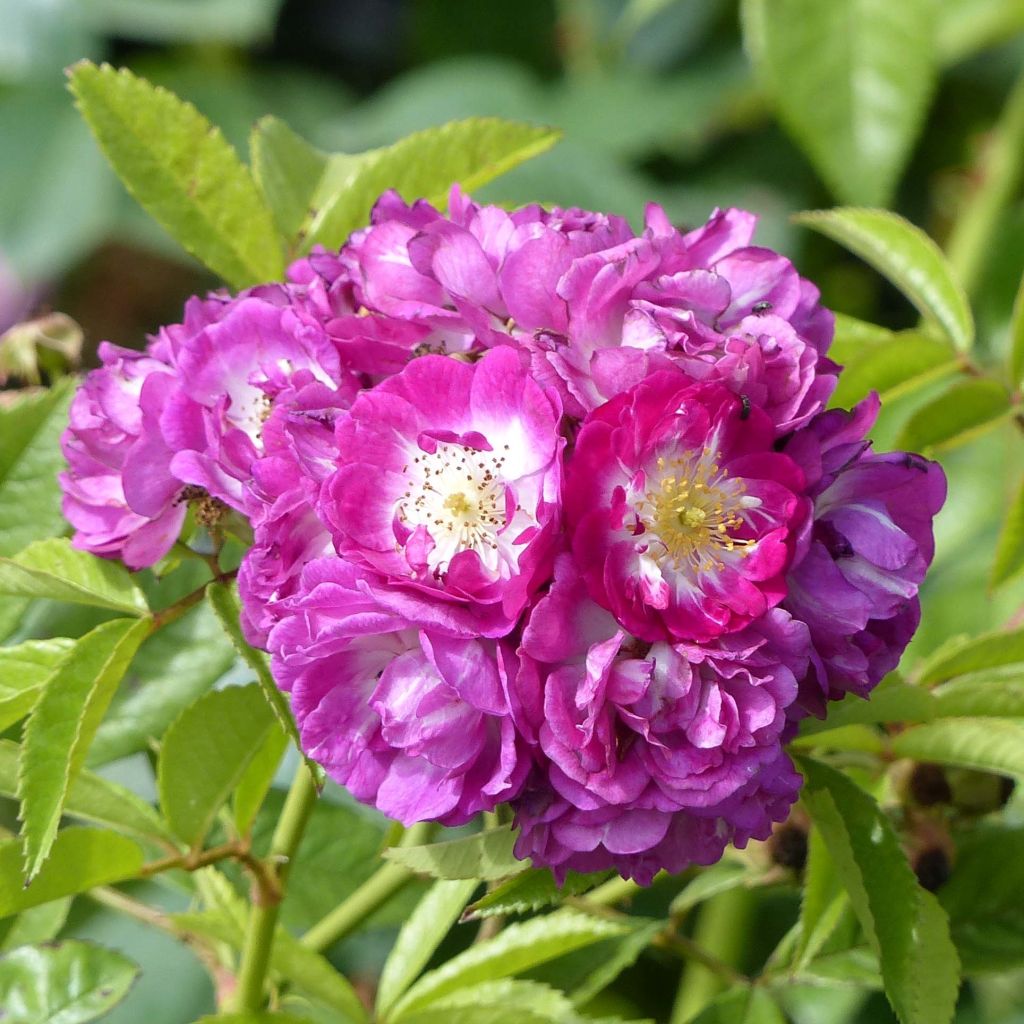

Rosa 'Perennial Blue' - Climbing Rose
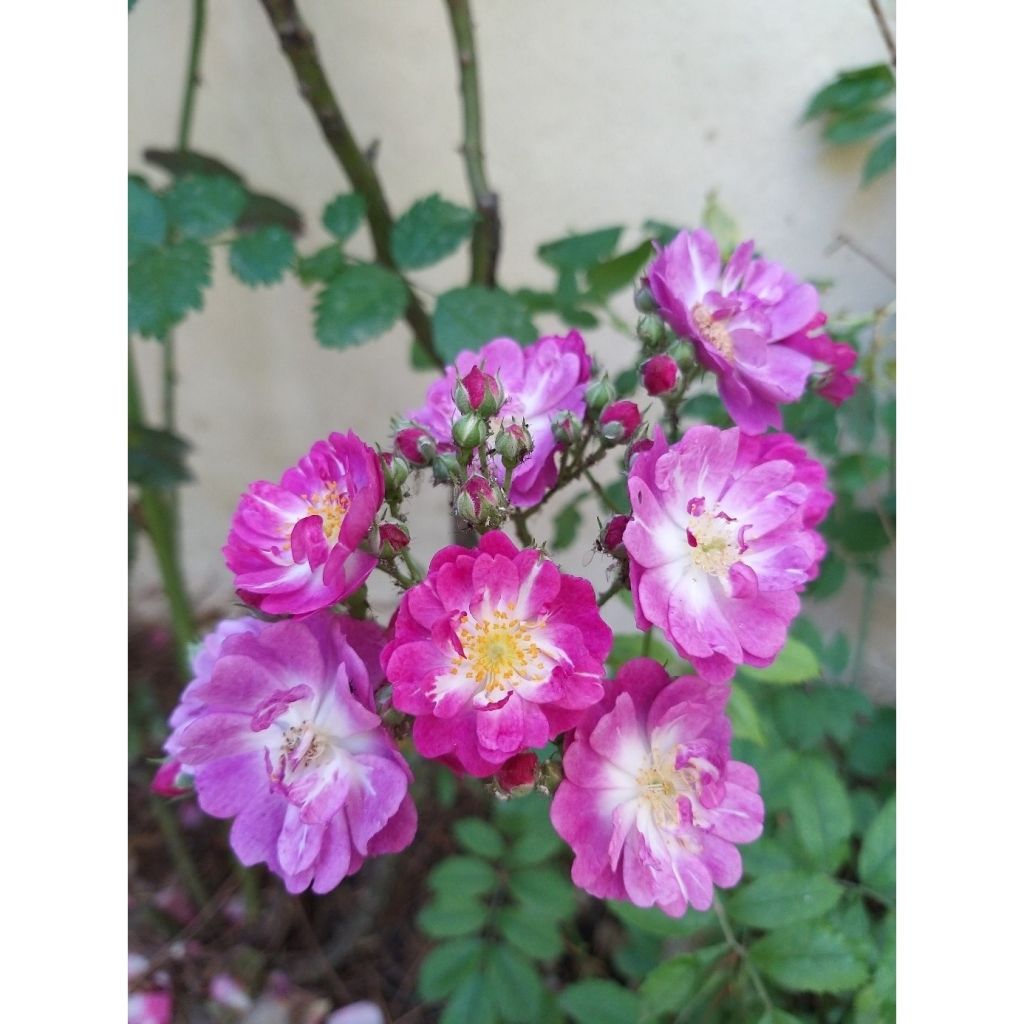

Rosa 'Perennial Blue' - Climbing Rose
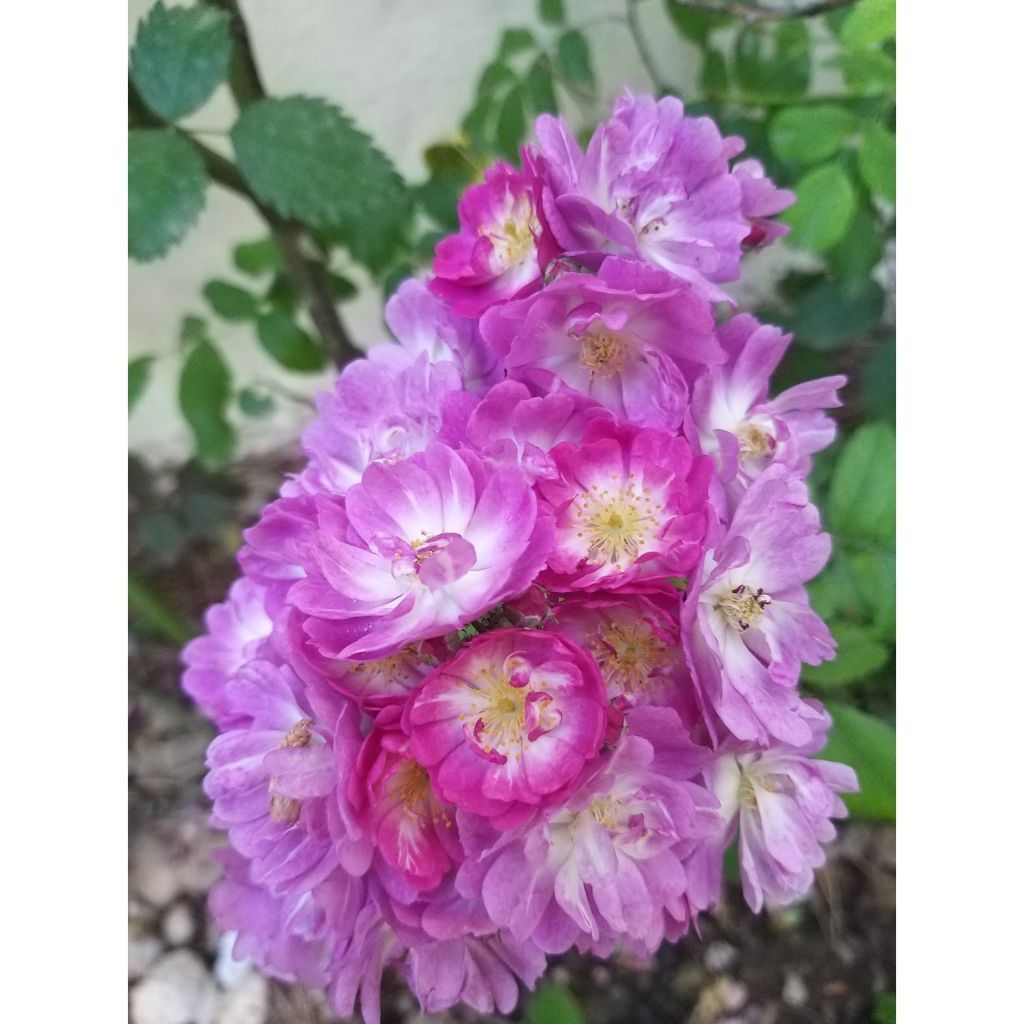

Rosa 'Perennial Blue' - Climbing Rose
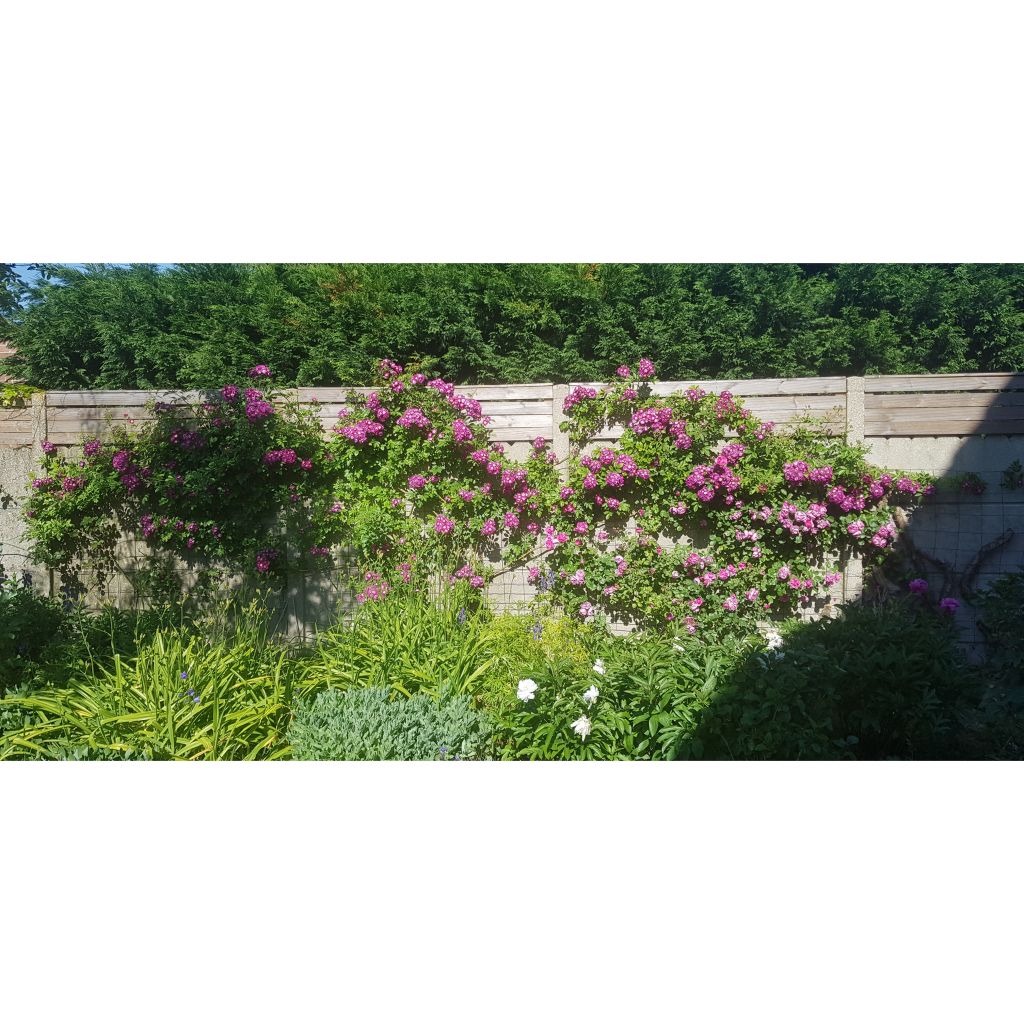

Rosa 'Perennial Blue' - Climbing Rose
Rosa 'Perennial Blue' - Climbing Rose
Rosa Perennial Blue (Miniklim Spelarosa)
Miniklim Spelarosa
This item cannot be shipped to the selected country
Delivery charge from €5.90
Delivery charge from €5.90
Delivery to Corse prohibited
More information
Schedule delivery date,
and select date in basket
This plant carries a 24 months recovery warranty
More information
We guarantee the quality of our plants for a full growing cycle, and will replace at our expense any plant that fails to recover under normal climatic and planting conditions.
From €5.90 for pickup delivery and €6.90 for home delivery
Express home delivery from €8.90.
From €5.90 for pickup delivery and €6.90 for home delivery
Express home delivery from €8.90.
Delivery to Corse prohibited: UE law prohibits the import of this plant from mainland France to Corse as part of the fight against Xylella fastidiosa. Please accept our sincere apologies.
More information



Does this plant fit my garden?
Set up your Plantfit profile →
Description
The 'Perennial Blue' Rosebush is a climbing mini-rosebush, a recent creation that combines many qualities. It will please with its compact size, less than 2m (7ft) tall, which allows it to fit anywhere, but also for its floribundity, beautiful reblooming and excellent resistance to diseases and cold weather. From June to October, hundreds of miniature semi-double roses with open cups bloom in a vibrant colour. They open in a rather purple shade and fade into lavender pink, revealing a white eye that encircles a golden stamen heart. It will make a beautiful decoration for a trellis, a pergola or a small column in the ground but also in a large pot on the terrace.
This modern climbing hybrid rosebush is a creation by Bernard Merhing, who was born in 2007. In its flowers, a little violet-mauve, semi-double, one can recognize the parentage of the excellent variety 'Veilchenblau', but one can also find in its genes the temperament of Super Excelsa, an extremely floriferous David Austin rosebush, very reblooming, offering small magenta, double roses. This wonder shows an upright and flexible habit. It will quickly reach (in 2 or 3 years) 1.80m (6ft) to 2m (7ft) in height, sometimes a little more, with a spread of 60 to 90cm (24 to 35in), depending on the growing conditions. Its long stems are flexible and covered with dark green foliage, resistant to diseases. The flowers of this climbing rosebush, with very reblooming flowering, form in June-July, then in successive waves until October. They are born on short shoots of the 2nd year in violet buds grouped in large corymbs. They open into small semi-double cups, 3 to 5 cm (1 to 2in) in diameter, in an exceptionally vibrant purple and lilac-pink colour, even in the shade.
'Perennial Blue' is a dynamic, flourishing, and original rosebush, easy to train on a small pole or a column, in a pot on the terrace or even in a small garden, floriferous even in partial shade. It is incomparable for giving a slightly abandoned look planted above too strict flowerbeds. It is an ideal companion for flowering shrubs (bushes, mock oranges, hibiscus) and perennials such as bellflowers and asters, bringing an enchanting charm until late in the season. Trained on an arch close to the terrace will create a colourful passage.
Report an error about the product description
Rosa 'Perennial Blue' - Climbing Rose in pictures
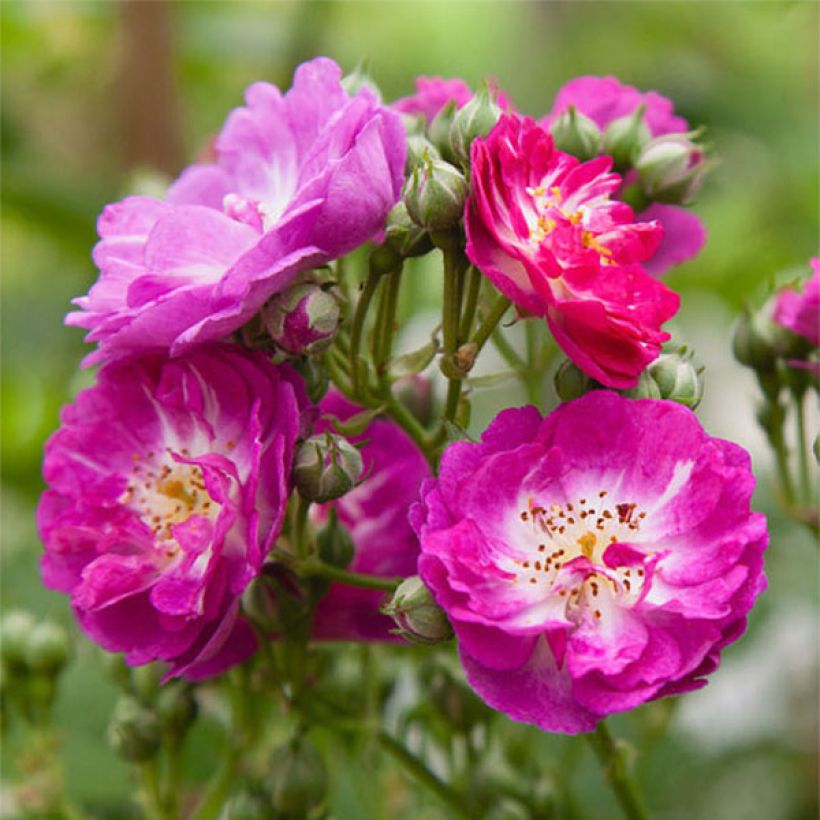

Plant habit
Flowering
Foliage
Botanical data
Rosa
Perennial Blue (Miniklim Spelarosa)
Rosaceae
Miniklim Spelarosa
Cultivar or hybrid
Rosa canina Laxa (4L/5L pot, Wrapped bare root)
Other Climbing Roses
Planting and care
Choose a location with ample sunlight and well-cultivated, nutrient-rich soil. Keep in mind that modern hybrid roses do not tolerate excessive limestone. To prepare the soil, crumble it and place an amendment like blood, fish and bone at the bottom of the planting hole. After planting, water the rose thoroughly to remove any air pockets. Water the plant regularly in the first few weeks to facilitate root development.
Pruning is a crucial step in the flowering process for English roses. At the end of winter, shorten the branches to 3-5 buds above the ground level, selecting an outward-facing bud for a more elegant appearance. Use this opportunity also to remove any dead or unsightly branches. When pruning, cut at an angle above a bud. As the roses bloom, remove any faded flowers to stimulate the growth of other buds.
If you want to plant a climbing rose next to a living tree, be aware that the rose's root system will compete with the established tree roots. Plant the rose in a large container with a perforated bottom at the tree's base to prevent this. The tree's roots will not penetrate the container for at least a year. After a year, you can remove the container by cutting one side without disturbing the rose's root system. This method allows the rose to establish a deep root system, making it more resistant.
Roses may develop unsightly spots at the end of summer, but this is a natural occurrence and doesn't harm the rose's growth.
Planting period
Intended location
Care
-
, onOrder confirmed
Reply from on Promesse de fleurs
Roses by purpose
Haven't found what you were looking for?
Hardiness is the lowest winter temperature a plant can endure without suffering serious damage or even dying. However, hardiness is affected by location (a sheltered area, such as a patio), protection (winter cover) and soil type (hardiness is improved by well-drained soil).

Photo Sharing Terms & Conditions
In order to encourage gardeners to interact and share their experiences, Promesse de fleurs offers various media enabling content to be uploaded onto its Site - in particular via the ‘Photo sharing’ module.
The User agrees to refrain from:
- Posting any content that is illegal, prejudicial, insulting, racist, inciteful to hatred, revisionist, contrary to public decency, that infringes on privacy or on the privacy rights of third parties, in particular the publicity rights of persons and goods, intellectual property rights, or the right to privacy.
- Submitting content on behalf of a third party;
- Impersonate the identity of a third party and/or publish any personal information about a third party;
In general, the User undertakes to refrain from any unethical behaviour.
All Content (in particular text, comments, files, images, photos, videos, creative works, etc.), which may be subject to property or intellectual property rights, image or other private rights, shall remain the property of the User, subject to the limited rights granted by the terms of the licence granted by Promesse de fleurs as stated below. Users are at liberty to publish or not to publish such Content on the Site, notably via the ‘Photo Sharing’ facility, and accept that this Content shall be made public and freely accessible, notably on the Internet.
Users further acknowledge, undertake to have ,and guarantee that they hold all necessary rights and permissions to publish such material on the Site, in particular with regard to the legislation in force pertaining to any privacy, property, intellectual property, image, or contractual rights, or rights of any other nature. By publishing such Content on the Site, Users acknowledge accepting full liability as publishers of the Content within the meaning of the law, and grant Promesse de fleurs, free of charge, an inclusive, worldwide licence for the said Content for the entire duration of its publication, including all reproduction, representation, up/downloading, displaying, performing, transmission, and storage rights.
Users also grant permission for their name to be linked to the Content and accept that this link may not always be made available.
By engaging in posting material, Users consent to their Content becoming automatically accessible on the Internet, in particular on other sites and/or blogs and/or web pages of the Promesse de fleurs site, including in particular social pages and the Promesse de fleurs catalogue.
Users may secure the removal of entrusted content free of charge by issuing a simple request via our contact form.
The flowering period indicated on our website applies to countries and regions located in USDA zone 8 (France, the United Kingdom, Ireland, the Netherlands, etc.)
It will vary according to where you live:
- In zones 9 to 10 (Italy, Spain, Greece, etc.), flowering will occur about 2 to 4 weeks earlier.
- In zones 6 to 7 (Germany, Poland, Slovenia, and lower mountainous regions), flowering will be delayed by 2 to 3 weeks.
- In zone 5 (Central Europe, Scandinavia), blooming will be delayed by 3 to 5 weeks.
In temperate climates, pruning of spring-flowering shrubs (forsythia, spireas, etc.) should be done just after flowering.
Pruning of summer-flowering shrubs (Indian Lilac, Perovskia, etc.) can be done in winter or spring.
In cold regions as well as with frost-sensitive plants, avoid pruning too early when severe frosts may still occur.
The planting period indicated on our website applies to countries and regions located in USDA zone 8 (France, United Kingdom, Ireland, Netherlands).
It will vary according to where you live:
- In Mediterranean zones (Marseille, Madrid, Milan, etc.), autumn and winter are the best planting periods.
- In continental zones (Strasbourg, Munich, Vienna, etc.), delay planting by 2 to 3 weeks in spring and bring it forward by 2 to 4 weeks in autumn.
- In mountainous regions (the Alps, Pyrenees, Carpathians, etc.), it is best to plant in late spring (May-June) or late summer (August-September).
The harvesting period indicated on our website applies to countries and regions in USDA zone 8 (France, England, Ireland, the Netherlands).
In colder areas (Scandinavia, Poland, Austria...) fruit and vegetable harvests are likely to be delayed by 3-4 weeks.
In warmer areas (Italy, Spain, Greece, etc.), harvesting will probably take place earlier, depending on weather conditions.
The sowing periods indicated on our website apply to countries and regions within USDA Zone 8 (France, UK, Ireland, Netherlands).
In colder areas (Scandinavia, Poland, Austria...), delay any outdoor sowing by 3-4 weeks, or sow under glass.
In warmer climes (Italy, Spain, Greece, etc.), bring outdoor sowing forward by a few weeks.


































